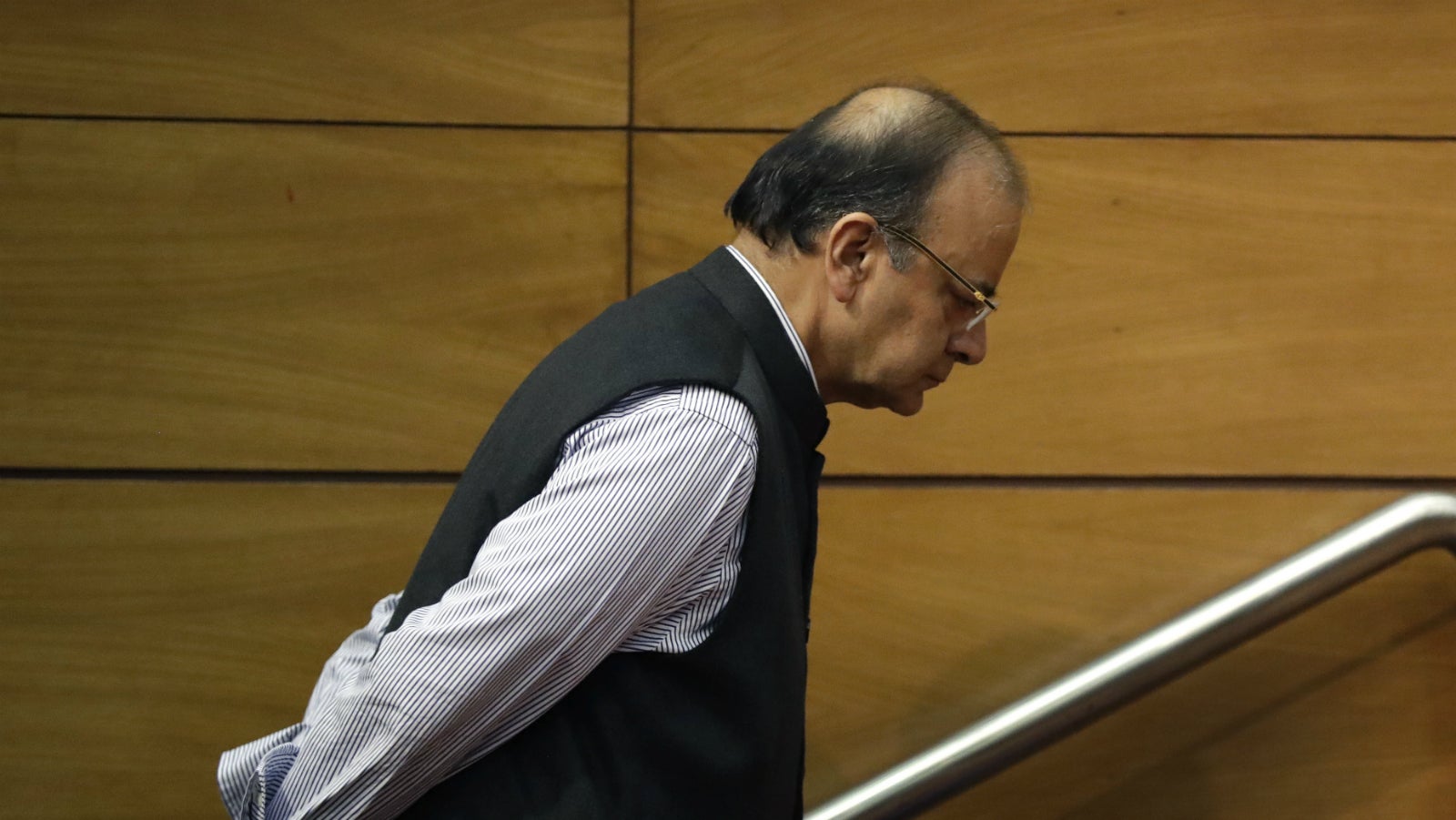The Indian government must let go of state-owned banks—but it just won’t
The Indian government should cut its stake below 50% in state-owned banks.


The Indian government should cut its stake below 50% in state-owned banks.
That was the advice from the country’s chief economic advisor, Arvind Subramanian, as well as the industry lobby Assocham over the weekend. It was what the country’s central bank said in August 2016, and was repeated by the Confederation of Indian Industry (CII) in December 2016. Of course, scores of editorials and expert opinions have been saying it for years.
Now, the alleged $1.77 billion fraud perpetrated by Nirav Modi and Mehul Choksi at Punjab National Bank (PNB) may be a wake up call.
“We need to recognise how much stress there is in the banking system. Bank of Baroda closed down its South Africa operations and now PNB is facing problems,” Subramanian said on Feb. 17 at the Madras Management Association.
India has 21 banks, in which the government owns a majority stake and over half of them are in dire straits. Bad loans of all Indian banks have surged to Rs9 lakh crore and most of that is from the public sector lenders. As bankers focus on shrinking this pile, business has come to a near standstill. To top it all, fears abound that more banks may reveal similar frauds.
Nineteen out of the 21 public sector banks posted an aggregate loss of Rs16,433 crore in the October-December 2017 period. This was before the Reserve Bank of India (RBI) tightened the leash on banks, forcing faster recognition of bad loans and not allowing executives to cover things up. This regulatory move is likely to cause a spike in reported bad loans in the days to come, expediting the clean-up.
“The top banking positions are treated as an extension of a government job and the senior-most managements spend a bulk of their quality time receiving and implementing directions from bureaucrats even for innocuous issues. In the process, the core banking functions, including all-important risk mitigation and management, take a back seat,” Assocham said on Feb. 18.
Such inefficiency has been the Indian public sector banks’ bane ever since they were nationalised in 1969 under prime minister Indira Gandhi. Over the years, these banks had become a tool for the corrupt to collude with crony capitalists. Every time they reach the precipice, the government pulls them back with taxpayers’ money, only for them to continue with the bad decision-making—willful or otherwise. Over 11 years, three finance ministers—Pranab Mukhjeree, P Chidambaram, and Arun Jaitley—have pumped close to Rs2.6 lakh crore into government banks.
Most recently, in October 2017, the government announced a Rs2.11 lakh crore recapitalisation plan to put them back on the growth path. This was before the PNB fiasco exploded.
The reluctance
In spite of the many arguments favouring their privatisation, successive governments have been wary of marching down that path. These banks have been a political tool for those with vested interests to channel credit flow towards less-profitable sectors like agriculture, small and medium enterprises, and rural areas, where private banks are reluctant to lend to. With the government owning the majority stake in these banks, political parties frequently announce farm-loan waivers at the taxpayers’ and shareholders’ expense. Such flexibility would be limited if banks were privately-owned.
The Narendra Modi government wants to halve the number of public sector banks and reduce its stake to a standardised 52% across these banks, but hasn’t set a timeline for the same. This consolidation is likely to trigger mergers and acquisitions. State-owned banks have also been asked to exit non-core businesses like insurance and real estate. But these are mere crumbs of comfort for investors and taxpayers.
An RBI panel, while arguing for their privatisation, earlier said, “This (privatisation) would be a beneficial trade-off for the government because it would continue to be the dominant shareholder and, without its control in banks diminishing, it would create the conditions for its banks to compete more successfully.”
Nonetheless, overhauling India’s government banks won’t be easy. It will be increasingly difficult to find political courage and a consensus to change laws, which are key to such a revamp. Especially as the country enters an election year.
We welcome your comments at [email protected].